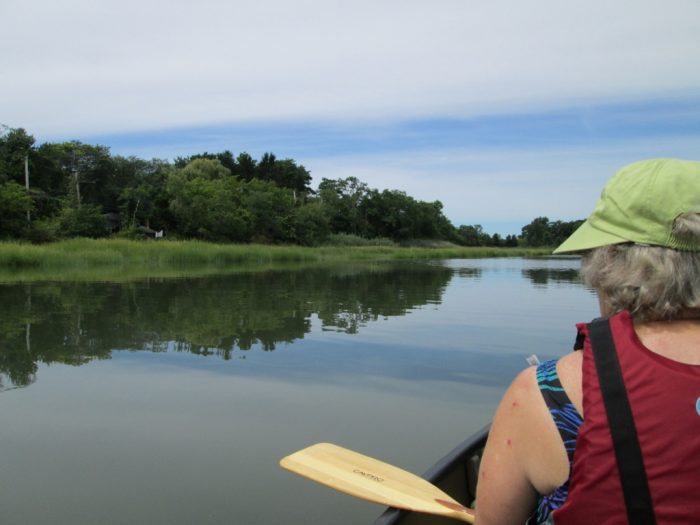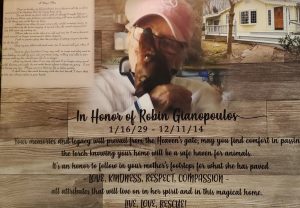By Daniel Dunaief

A few weeks ago, I wrote about a conversation I imagined having with an alien who I envisioned landing in my backyard. Here’s how I figure a conversation between an alien who speaks the language of my dog and our beloved pet would go:
Alien: Tell me about those humans?
Dog: They talk to each other constantly.
Alien: Does the noise bother you?
Dog: It’s not particularly problematic, but it is hypocritical.
Alien: What do you mean?
Dog: When we’re in the backyard or out for a walk, they tell us to be quiet or something much meaner when we speak to other dogs. They don’t want us to bark with other dogs, and yet they talk nonstop like they have so much to say.
Alien: What else is different about humans?
Dog: They never smell each other’s butts. By the way, do you mind if I hump your tentacle?
Alien: That’s fine. So, why is smelling each other’s butts important?
Dog: We get all kinds of information, about where the dog has been, what grass it’s eaten. Speaking of which, are you planning to feed me sometime soon? I’ve been making those cute eyes at you during our entire ride and you haven’t felt the need to toss me food.
Alien: So, what do humans do all day?
Dog: They seem to be slaves to some small object they hold. Every time it buzzes or beeps, they immediately look at it, as if they will get in trouble if they don’t. Sometimes, they say something, like “Oh my gosh, I forgot,” or “Oh no, you don’t,” and then they run somewhere. I think that object gives them directions.
Alien: Are they pleasant?
Dog: Sometimes. They seem incredibly happy when they scratch our bodies and we move our legs. Once in a while, I do it if I think one of them is having a tough day.
Alien: Do they seem intelligent?
Dog: Hard to say. They don’t understand the value of sleep. They spend hours each day with the things in their hands or staring at a flickering screen. At night, they look at another screen on the wall in their bedroom.
Alien: What’s your favorite game to play with them?
Dog: There’s a big difference between my favorite and their favorite game. They love to play something they call “fetch.” They can be pretty simple and easy to please. When they like something, they keep doing it.
Alien: And your favorite game?
Dog: I call it the “mud game.” When everyone is wearing something fancy, nice or white, I go into the backyard and find the darkest mud. I come in and jump on them or spread mud on the floor.
Alien: Any other observations?
Dog: Just as they start to bring compelling smells into a room, they spray or roll on the scent of flowers over their bodies. I tried to copy them by rolling in the flowers outside, but they didn’t like that.
Alien: What do they say to you?
Dog: They seem especially fond of the word “sit.” Whenever someone comes into the house and they don’t know what to say to the other person, they tell me to “sit” and the other person laughs and nods.
Alien: Do you like humans?
Dog: Humans, in general, are fine. I am not all that fond of those people who make unhappy faces and say they are not a “dog person” but a “cat person.” Who could possibly find those hissing creatures more appealing than dogs?


















































